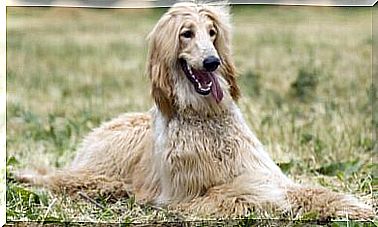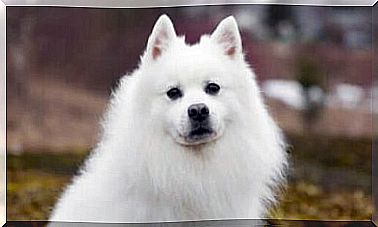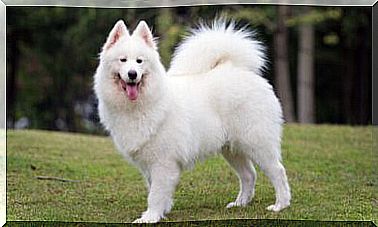Why Do Siberian Huskies Have Blue Eyes?
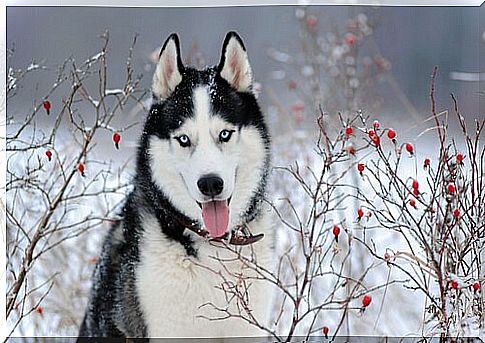
The Siberian Huskies have blue eyes and have a unique beauty. This is why they are one of the most famous and recognizable dog breeds. Their eyes can be a beautiful blue or even different colors and easily grab people’s attention.
Have you ever wondered why Siberian huskies have blue eyes ? As it turns out, some recent research has finally found an answer to this question.
For many people, that typical blue color evokes the cold lands of Siberia. A cold and icy gaze that, despite everything, also manages to make me fall in love.
However, it is possible that the color of the eyes, as well as that of the coat, may change with age. The definitive colors, in fact, assert themselves starting from the sixth month of life.
Expressive and elegant eyes
To avoid any misunderstanding, the largest genetic comparison study on dogs was carried out on Siberian huskies. Scientists performed DNA tests to explore the eye and coat color of these beautiful dogs, among other variations. Researchers have found a genetic modification that could be the cause of the blue hue of these canids ‘ eyes .
The research was conducted on a population of 6,000 specimens of this breed. Owners have purchased DNA testing equipment to identify or confirm the purity of the breed and also to test for possible health risks for their four-legged friends.
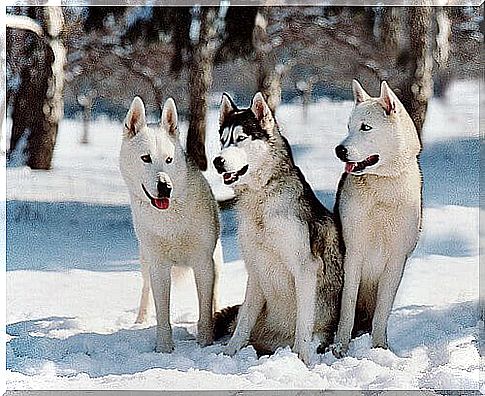
The success of this study is due to the possibility that scientists had access to a large amount of data, collected and cataloged through the test equipment.
Owners shared their dogs’ DNA data, collected by machinery, online.
They also shared photos of their Siberian huskies to make the researchers’ analysis even more accurate.
Why do Siberian huskies have blue eyes?
The analysis of the information collected revealed that there is a mutation (in canine chromosome 18), strongly associated with the blue color of the eyes. This genetic change appears close to the ALX4 gene, which is related to the ocular development of mammals.
There are several dog breeds that have blue eyes, such as Australian Shepherds and Border Collies. However, in these breeds, blue eyes are inherited as recessive genes. This means that two mutated copies of the gene are needed for them to manifest in a new generation.
This genetic variation occurs in humans in the HERC2 and OCA2 genes of the genome and results in the appearance of blue eyes.
The mutation in the Siberian husky gene produces an abnormal pigmentation in the eyes and, therefore, that typical and beautiful blue that we all know.
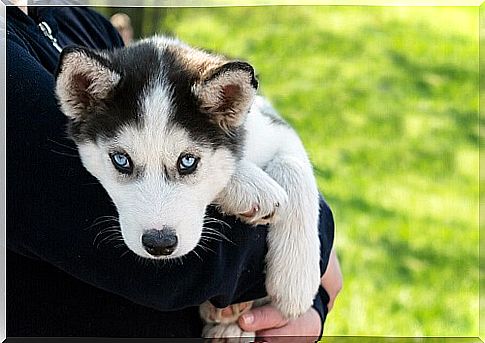
According to experts, there is no blue-type pigmentation: this color is the result of the refraction of light in the eyeball.
Just like the sky: it looks blue, but outer space isn’t.
DNA studies
One of the winning aspects of this survey was the large amount of information made available to the experts.
For example, years ago the same team of scientists tried to study some neurological diseases in German Shepherd specimens.
It was a real challenge to be able to obtain the DNA of 40 specimens of that breed, also from a logistical point of view.
In many cases, researchers had to move machines and equipment to carry out the necessary tests.
Thanks to the voluntary cooperation of the owners, this investigation into Siberian huskies was as quick as it was effective. Beyond the scientific experiment, a new way of carrying out a genetic test has been brought forward, exploiting the benefits of the Internet and globalization.
The owners of the studied Siberian huskies cooperated willingly. On the one hand, they were interested in receiving information about their animals. On the other hand, they were able to participate in a scientific study of global significance, something that is almost always closed to ordinary people.
This type of collaboration inspired the researchers, who decided to continue studying the dog’s genome.
New projects have already been created to learn more about the morphological characteristics of Siberian huskies and we hope to soon publish new results concerning the health of these beautiful animals.



